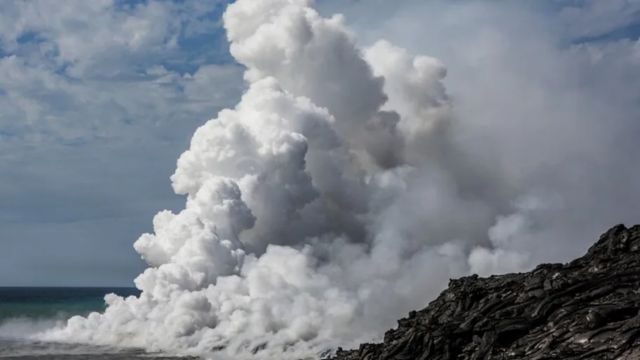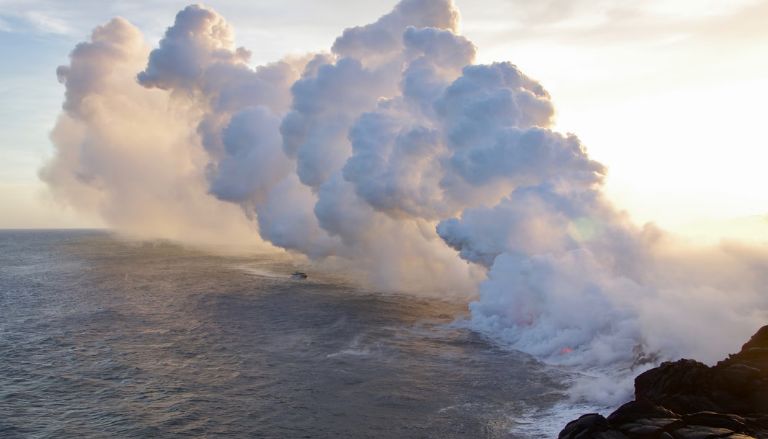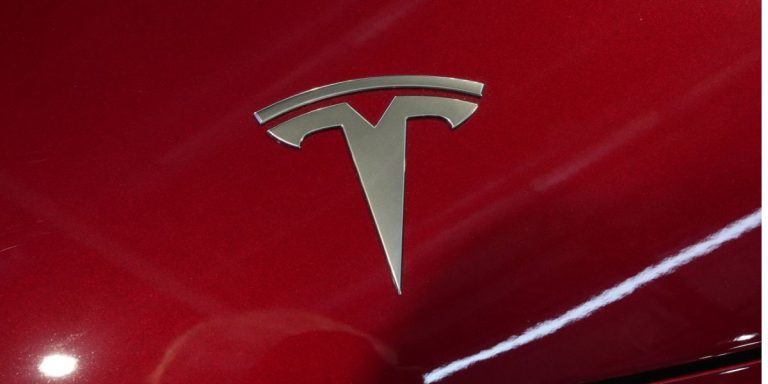About 300 miles off the coast of Oregon, there is a big underwater volcano under the Pacific Ocean that is getting ready to explode. Scientists watching Axial Seamount have noticed a rise in earthquake activity, with hundreds of small quakes happening every day. Experts think a volcanic event may happen before the end of 2025 based on these signs.
Instead of a loud and explosive eruption, Axial Seamount will slowly and steadily release lava. This will change the ocean bottom but won’t create a tsunami risk. Why is this happening, and what can we learn about Earth’s history from it?
Axial Seamount is a shield volcano, which means it releases lava slowly over a large area instead of erupting suddenly. When rock comes up from deep inside the Earth, it pushes against the ocean floor, making the volcano grow. The crust eventually breaks open, allowing lava to flow out and cool, forming new seafloor around the large underwater volcano.
This process is part of a bigger natural cycle. Axial is located where the Juan de Fuca and Pacific tectonic plates meet, and the Earth’s crust is always moving there. Whenever magma comes up, it slowly helps to expand the ocean floor.
The large underwater volcano’s recent growth isn’t surprising because experts have been observing a pattern for many years. The volcano erupted in 1998, 2011, and 2015, and each time it inflated to a critical level before the explosion, just like what we are currently observing.
Recent seismic data from the last six months indicates that the volcano is approaching a critical stage again. There are more small earthquakes, which means magma is shifting and putting pressure on the rock above it.

Scientists recently found several magma chambers linked to the large underwater volcano. These reserves fuel the eruptions, but scientists are still looking into how they might link to earlier eruption locations.
Researchers are studying this underwater volcano to find better ways to predict dangerous earthquakes on land, like those in the Pacific Ring of Fire. The data collected helps us learn about tectonic action, deep-sea life, and how the Earth’s crust changes over time.






Leave a Comment